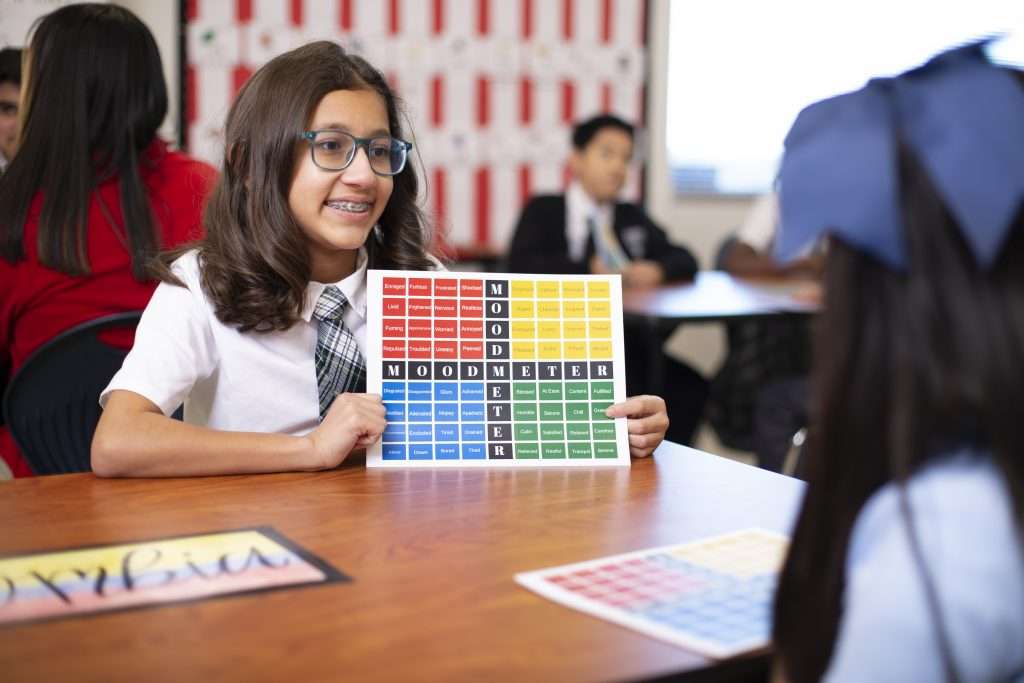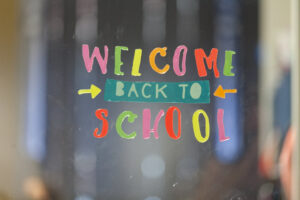Uplift Voices
- Well-Being
- Blog Homepage
Uplift Education Implemented Rhithm, Inc’s Application This Year to Determine Students Daily Mental Well-Being

Uplift Education implemented Rhithm, Inc’s application this school year for students. It is an easy-to-use mental health wellness check-in tool that allows educators to proactively shape the culture of a classroom, and school daily during instructional period. In less than three minutes each day, educators have the information to determine how students are mentally, socially, physically, and emotionally and can proactively respond before an incident manifests in the classroom that day.
With concerns related to mental health, learning loss, and the achievement gap increasing due to learning inconsistency associated with the COVID-19 pandemic, Rhithm, Inc. allows Uplift teachers to rapidly check in on student well-being while simultaneously ensuring their focus remains on supporting learning loss and closing the achievement gap. Uplift 2nd through 12th grade students log into Rhithm daily and do a “tempo check” using a series of five questions related to mood, energy, emotion, physical body, and social life, using a simple to understand emoji rating system.
The application’s data platform provides administrators and school district personnel with real-time student well-being metrics. Uplift then examines the metrics further by reviewing specific schools, grade levels, and/or demographic information. For example, Uplift is able to see if a student is repeatedly reporting that they are angry, hungry, exhausted, or in conflict with another student. The school social counselor can respond to this data quickly by doing a live check-in with that student. Following each “tempo check”, teachers play a 60 second video that promotes self-management by doing a quick breathing or body stretch exercise. These quick and easy breaks give our students a chance to calm themselves and reflect on their learning. Recently our Director of Well-Being was rushing in to volunteer at a primary school and was out of breath. A first grader came up to her and said, “You need to put your arms like you are holding a ball and breathe while you lift the ball. That’s how you calm down.” When our students are teaching the adults how self-regulate, we know we’ve done our work.
Each year roughly one in six American youths aged 6-17 struggle with the signs or symptoms of a mental health disorder (National Alliance on Mental Illness, 2021). During the height of the COVID-19 pandemic, more than 25% of U.S. parents reported escalating concerns related to their child’s mental health (Patrick et al., 2020). Given that symptoms of mental health disorders frequently manifest in students within the school environment, programming designed to identify the early warning signs of mental health needs is necessary for preventing any negative impacts on student academic and social-emotional progress (Eccleston, 2021; Kessler et al., 2005; Ohrt et al., 2020). To support student academic achievement and overall well-being, students require a strategic system that specifically addresses their mental health needs within the school environment (Borntrager & Lyon, 2015).




